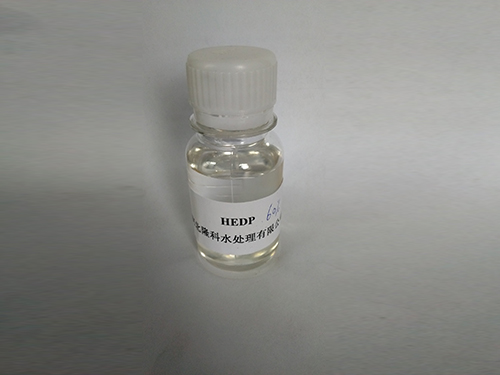Understanding Poly Aluminium Chloride and Its Uses in Water Treatment
Understanding Poly Aluminium Chloride A Comprehensive Overview
Poly Aluminium Chloride (PAC) is a widely used chemical coagulant primarily employed in water treatment processes. It is a polymeric form of aluminium chloride and has gained significant attention due to its effectiveness in purifying drinking water, treating wastewater, and various industrial applications. This article aims to explore the properties, uses, and advantages of PAC, providing insights into why it is a preferred choice in many water treatment scenarios.
What is Poly Aluminium Chloride?
Poly Aluminium Chloride is an inorganic compound with the formula [Al2(OH)nCl6-n]m. The 'poly' prefix indicates that the compound is polymeric, which means it consists of chains of Al-O and Al-Cl bonds. PAC is created through the controlled hydrolysis of aluminium chloride (AlCl3) in an aqueous solution. The resulting product is a coagulant that functions effectively at low concentrations, which makes it economically viable.
Properties of PAC
One of the notable properties of PAC is its high charge density, which allows it to facilitate the aggregation of colloidal particles. This charge neutralization capability leads to the formation of larger flocculates, making it easier to remove impurities from water. PAC is also soluble in water and has a relatively low pH, making it less corrosive than other aluminium coagulants, such as aluminium sulphate.
Applications of PAC
1. Water Treatment The primary application of PAC is in the treatment of drinking water and municipal wastewater. It effectively removes suspended solids, turbidity, and pathogens, ensuring the water is safe for human consumption. PAC is effective even at a wide range of pH levels and temperatures, making it versatile in various environmental conditions.
2. Industrial Applications Beyond municipal water treatment, PAC is used in various industries, including paper manufacturing, dyeing and textile industries, and food processing. In paper production, it aids in the retention of fibers and fillers, enhancing the quality of the final product.
3. Sewage Treatment PAC aids in the clarification of treated sewage, allowing for the effective removal of solids and harmful microbes before the treated water is released back into the environment. This process is crucial for reducing the environmental impact of wastewater discharge.
what is poly aluminium chloride

4. Oil & Gas Industry In the oil and gas sector, PAC is used for drilling fluids, aiding in the stabilization of boreholes and the filtration of solids in the fluid.
Advantages of Using PAC
The benefits of using Poly Aluminium Chloride are numerous
- Efficient Coagulation PAC demonstrates superior performance compared to traditional coagulants, providing better floc formation and sedimentation. - Lower Dosage Requirement Due to its high charge density, PAC requires a lower dosage than traditional coagulants, leading to cost savings in treatment processes.
- Reduced Sludge Volume The use of PAC results in the production of less sludge, which simplifies handling and disposal.
- Versatility PAC can be effectively used across a wide spectrum of pH levels and varying water qualities, making it suitable for diverse water sources and treatment scenarios.
- Lower Toxicity It is considered to be less toxic than other chemical coagulants, making it a safer choice for both operators and the environment.
Conclusion
Poly Aluminium Chloride has revolutionized the field of water treatment with its effective coagulation properties and wide-ranging applications. Its ability to operate under various conditions, combined with its cost-effectiveness, makes it a favored choice in both municipal and industrial sectors. As water treatment technology continues to evolve, PAC remains an essential chemical in ensuring safe and clean water for communities worldwide. Understanding its properties and applications is vital for industries looking to adopt efficient water treatment solutions in their processes.
-
Water Treatment with Flocculant Water TreatmentNewsJun.12,2025
-
Polymaleic AnhydrideNewsJun.12,2025
-
Polyaspartic AcidNewsJun.12,2025
-
Enhance Industrial Processes with IsothiazolinonesNewsJun.12,2025
-
Enhance Industrial Processes with PBTCA SolutionsNewsJun.12,2025
-
Dodecyldimethylbenzylammonium Chloride SolutionsNewsJun.12,2025





